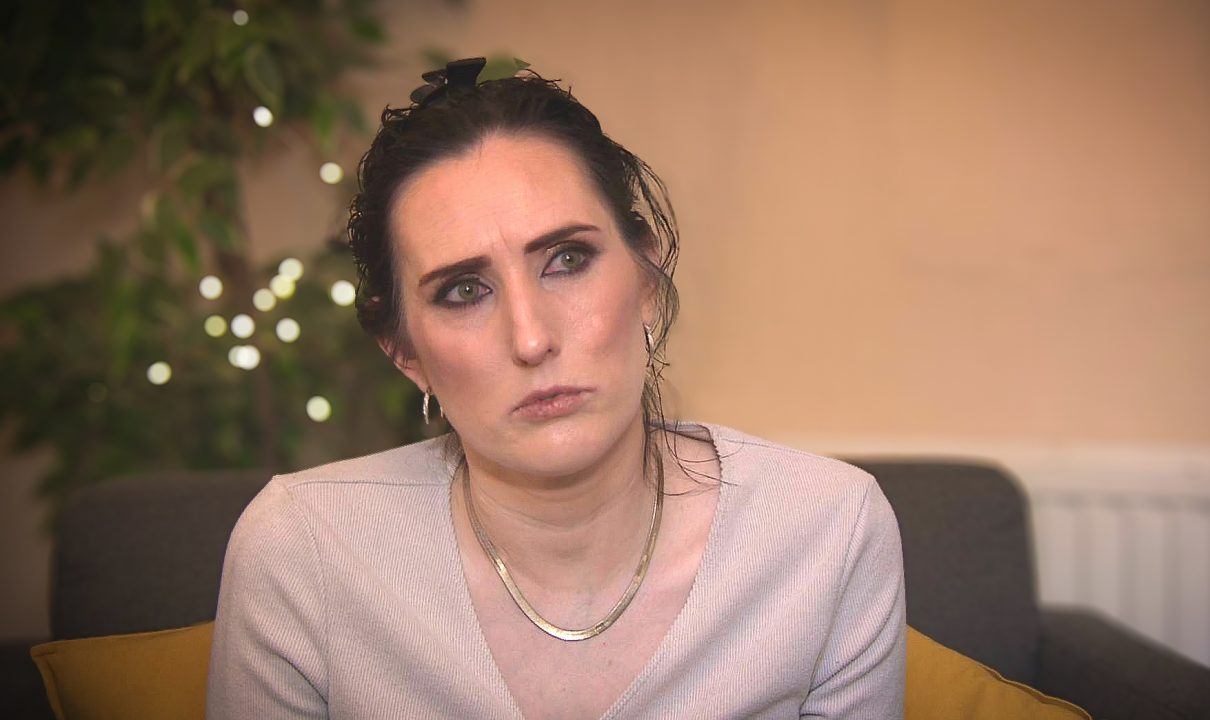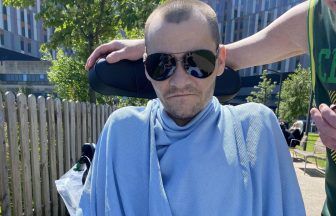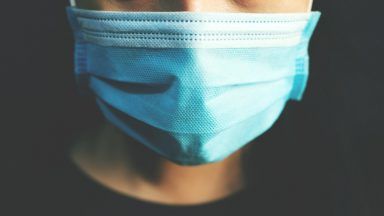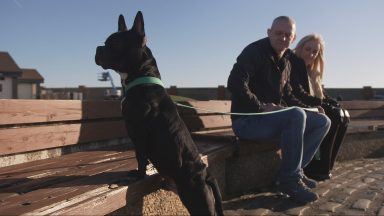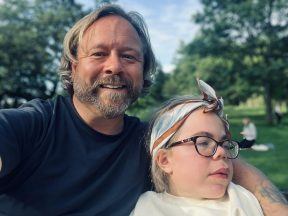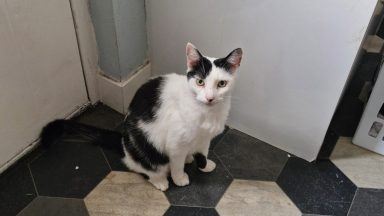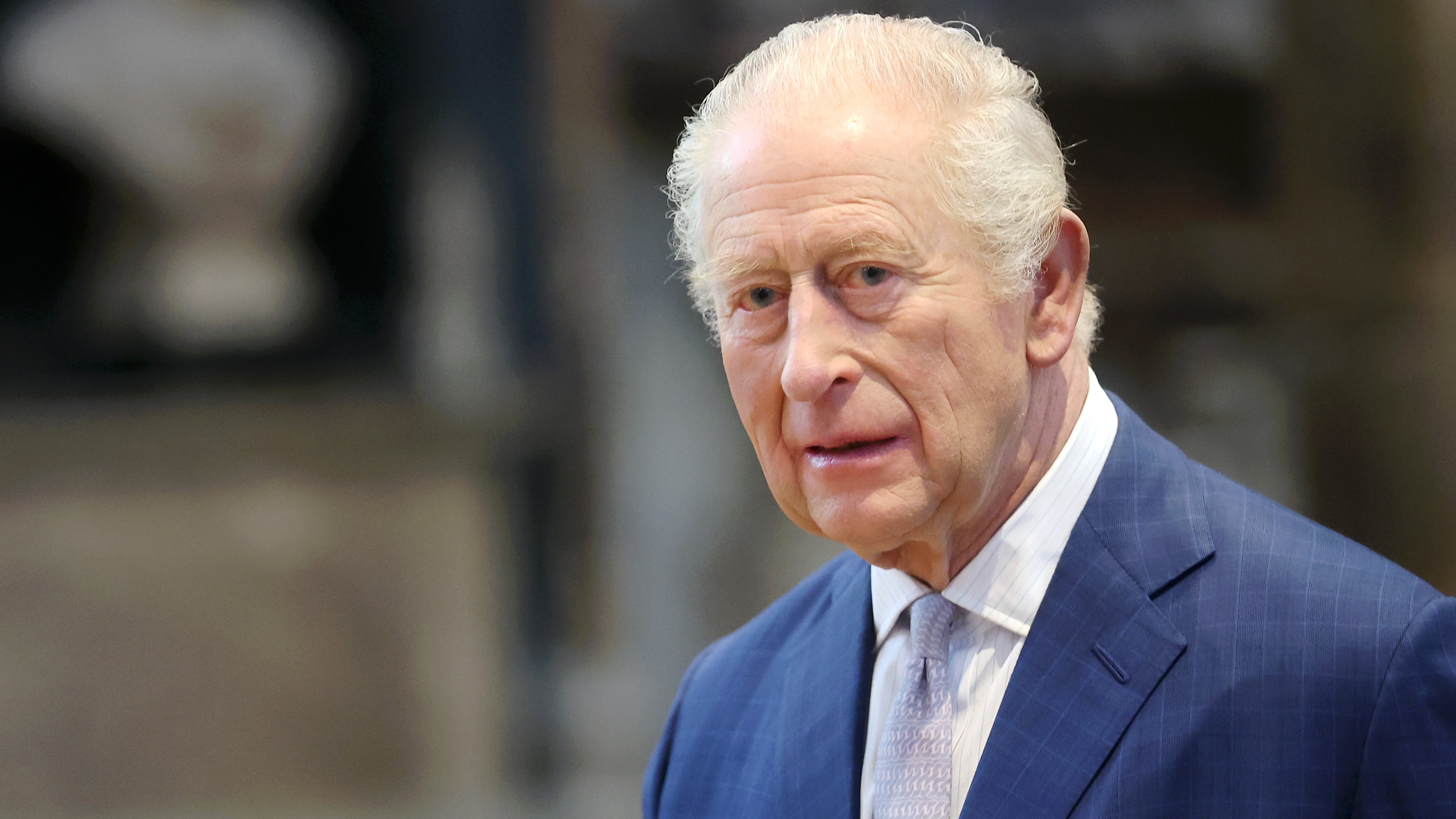A Glasgow mum who unknowingly lived with multiple spinal fractures during pregnancy says she hopes new research will help prevent other women going through the same ordeal.
Kirsten Furley developed pregnancy-associated osteoporosis (PAO), a rare condition which causes bones to lose strength and can lead to spinal fractures during or shortly after pregnancy.
The condition, which is thought to affect around five in every 100,000 women, often goes undiagnosed.
Kirsten said she was in severe pain after giving birth to her first child, barely able to move off the hospital bed.
It wasn’t until she was admitted to hospital with a suspected shingles rash – six weeks after giving birth – that doctors discovered she had been living with a broken back for three months.
Kirsten, a paediatrician, described the moment she learned of her condition.
“The doctor came in at about 3am and said, ‘Have you been in an accident?’ I said no, and he replied, ‘Because you’ve kind of broken your back… everywhere.’”
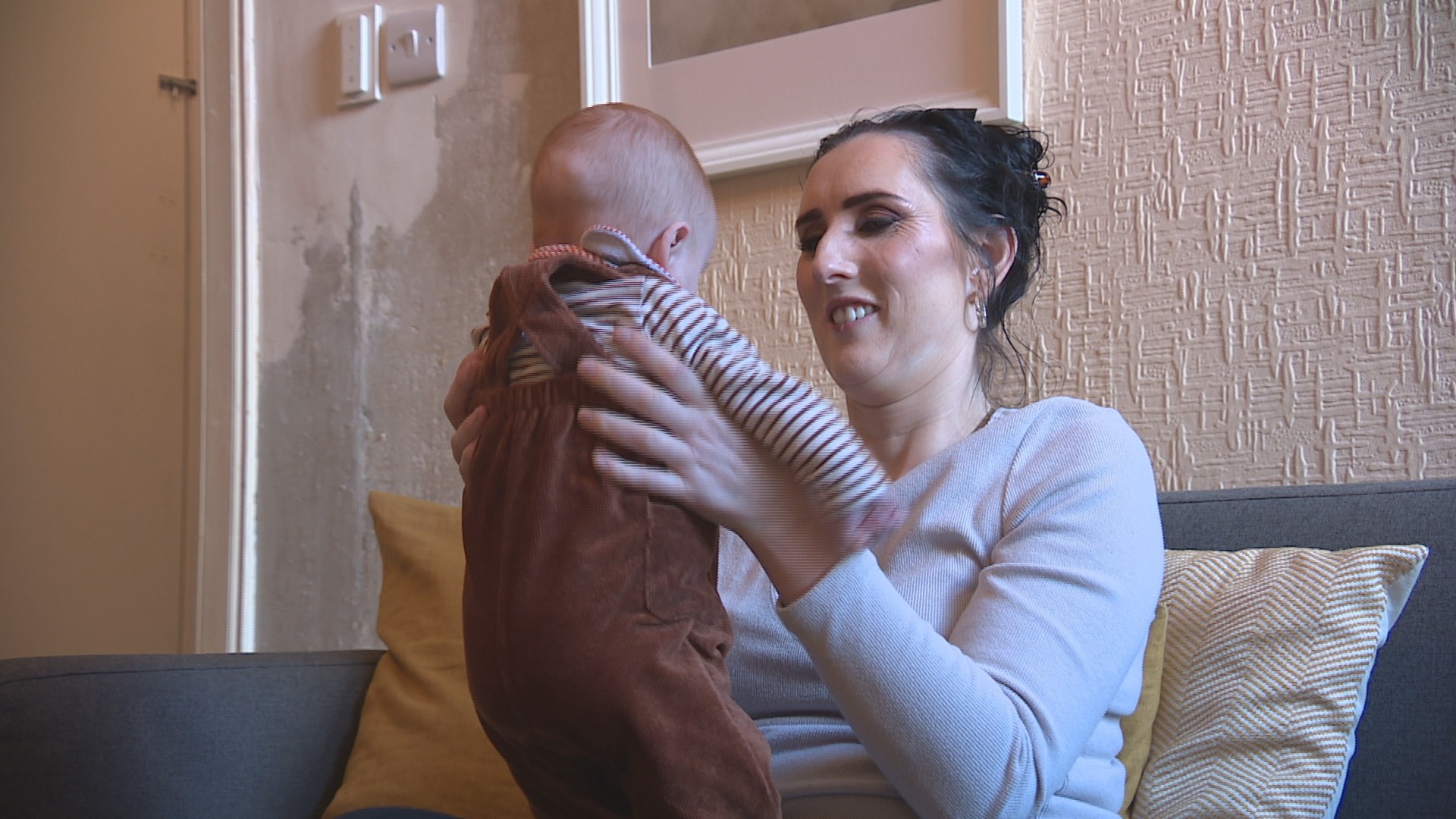 STV News
STV NewsScans revealed multiple severe spinal fractures. “He said, ‘It’s something called pregnancy-associated osteoporosis,’ and I’d never heard of it,” she said. “If it hadn’t been for that rash, I might never have been scanned.”
Furley says she felt “validated” after getting her diagnosis.
“I was nursing my baby on the floor because I couldn’t stand up straight. His crib was on the floor because I couldn’t trust myself to lift him.
“As a new mum, the psychological impact of not being able to care for your own baby, of not being believed about how bad the pain is, is enormous.
“I remember feeling a sense of relief – which might sound ridiculous – because I kept thinking maybe it was just in my head, that maybe I was just not coping. But clearly, it wasn’t.”
Furley lost three inches in height due to the condition.
“I realised I couldn’t see over the steering wheel – obviously without realising I’d lost three inches from my torso. It wasn’t until I had the DEXA scan that I understood how much I’d actually lost.
“The whole thing felt a bit surreal.”
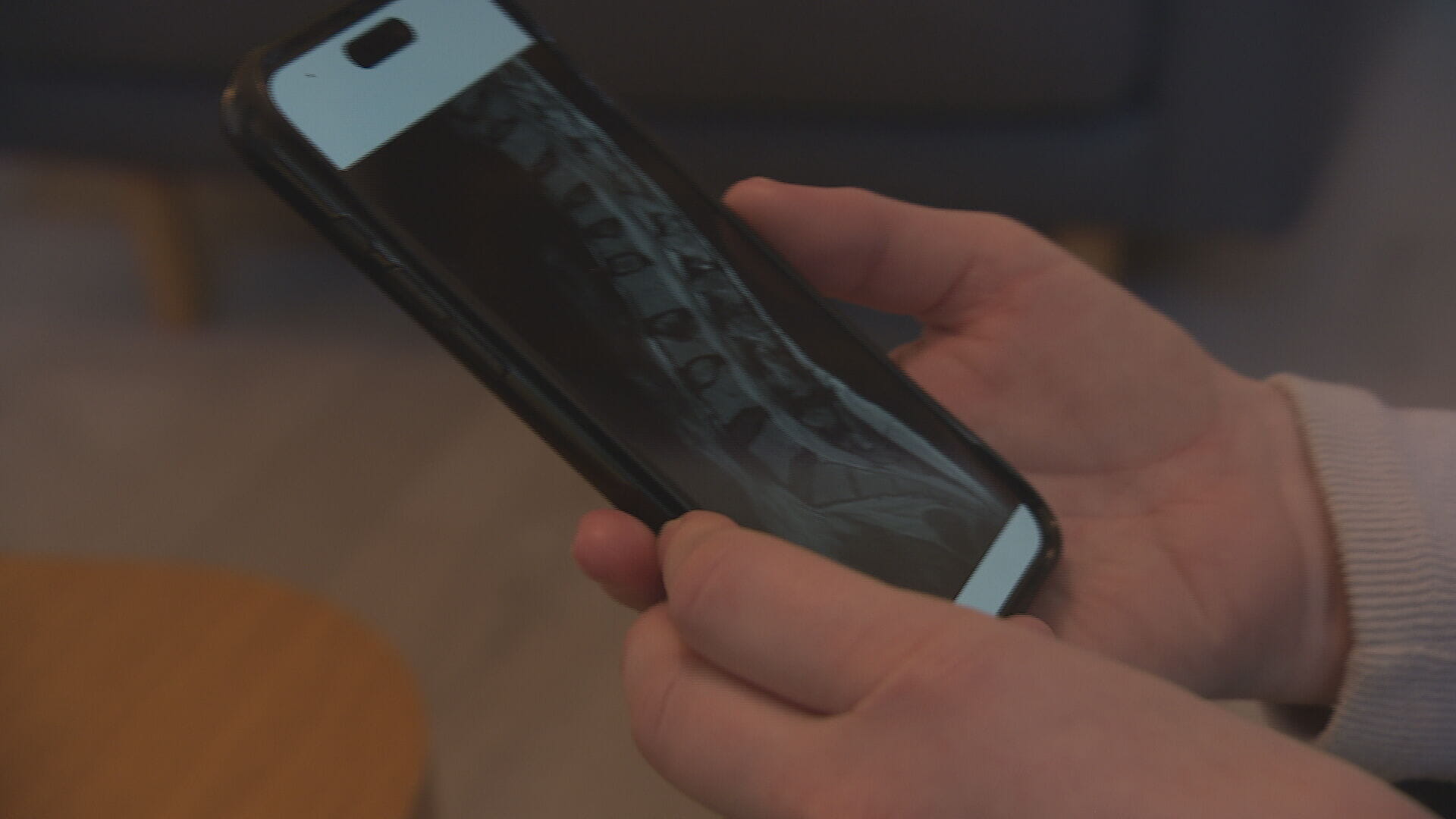 STV News
STV NewsDespite being advised against another pregnancy, she went on to have a second child last year.
While she experienced the same symptoms, having a diagnosis during pregnancy this time round made a huge difference to her care.
“Not being able to pick up your child or even stand to brush your teeth – that’s not normal,” she said. “It’s a cruel condition. Every movement is painful.
“But it made a big difference that this time I didn’t have to justify myself. With proof that something was wrong, I didn’t feel like I was being judged.”
‘It can strike out the blue’
Measuring height at the beginning and end of pregnancy could help diagnose the condition sooner, researchers at the University of Edinburgh have found.
The study, funded by the Royal Osteoporosis Society and the Kennedy Trust for Rheumatology, found that height loss, back pain and severe pain were highly predictive of pregnancy-associated osteoporosis.
Professor Stuart Ralston, the study’s chief investigator, said diagnosis is often missed because symptoms like back pain are commonly dismissed as a normal part of pregnancy.
“What our research shows is back pain can be normal during pregnancy to an extent – what’s not normal is losing height,” he said. “You hardly ever see that in a typical pregnancy. It strikes out of the blue, which is one of the troubling things about it.
“When we do questionnaires, women rate it on a scale of one to five – PAO comes in at five out of five. You seldom get that in normal pregnancy. Is it painful? You bet.
“If there’s severe pain and height loss, alarm bells should be ringing. If those are seen, women should have an MRI to pick up the diagnosis. Then the diagnosis is made, and we can get on with treatment.”
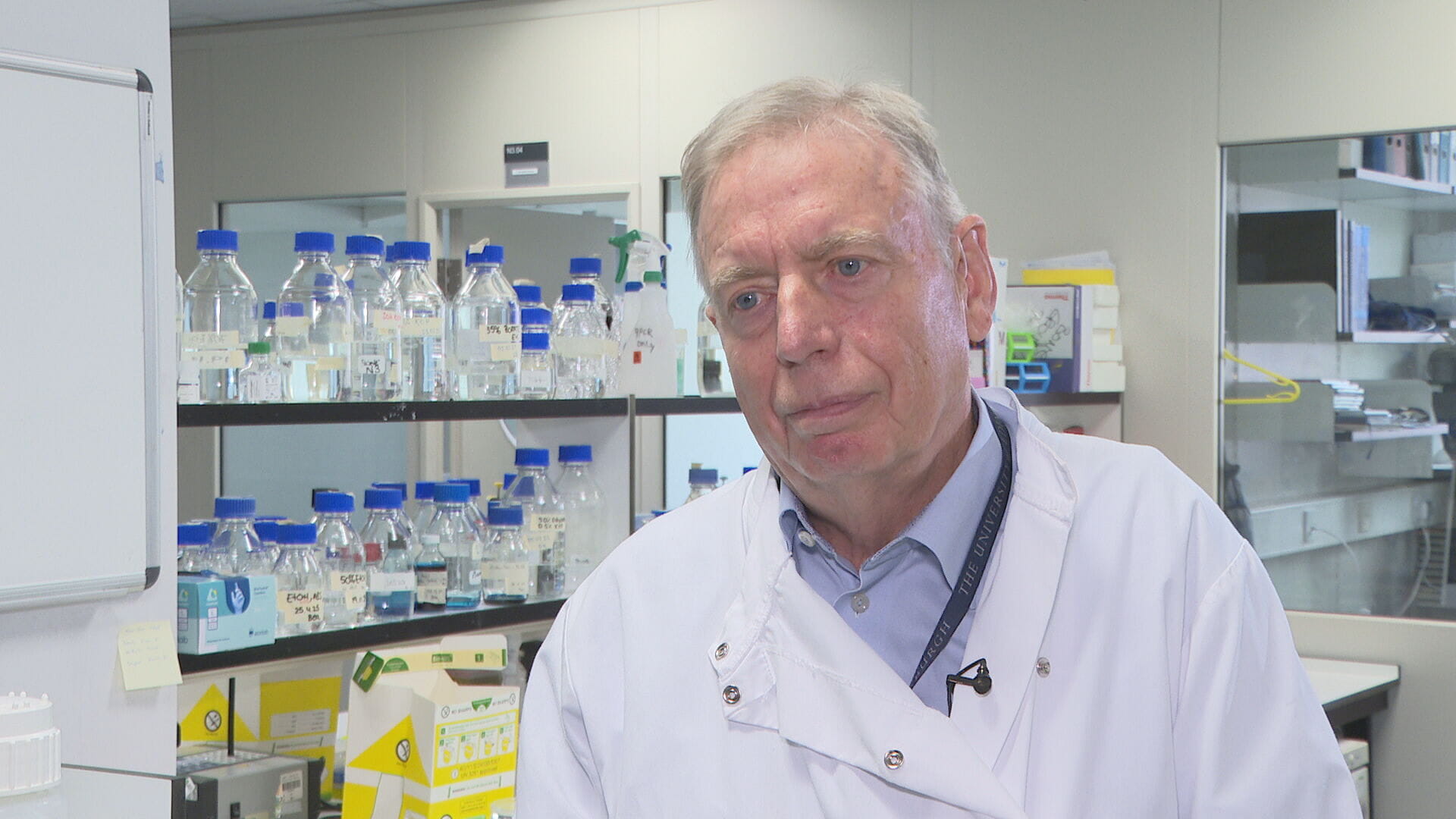 STV News
STV NewsThe study involved an online survey of 225 women with a self-reported diagnosis of PAO and 174 women without the condition.
Severe pain – enough to interfere with daily life – was reported by 84% of those with PAO, compared with just 2% of those without. Back pain affected 90% of those with PAO, versus 44% of those without.
Half of those diagnosed with PAO reported height loss, compared with less than 1% of those without.
Researchers say taking simple height measurements at the start and end of pregnancy could offer a straightforward, inexpensive way to flag potential cases early and prioritise further scans.
Kirsten hopes the research will spare other women from enduring the same experience.
“For me, it was the validation – knowing that something was wrong – that helped massively.
“The number of doctors who had never even heard of this was unbelievable. We need to update the guidelines on osteoporosis to include the condition in pregnancy.
“There also does seem to be a lack of ownership of this disease – if I’m in Edinburgh, I see rheumatology. In Glasgow I go to the bone metabolism unit. We need clearer guidelines.
“In medicine, we learn from mistakes. I just want to raise awareness of it, so it doesn’t happen to someone else.”
Follow STV News on WhatsApp
Scan the QR code on your mobile device for all the latest news from around the country


